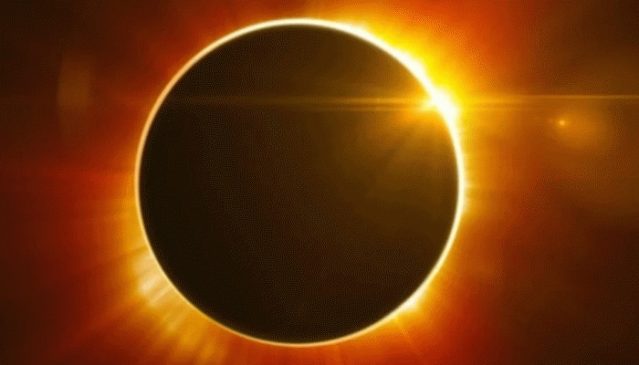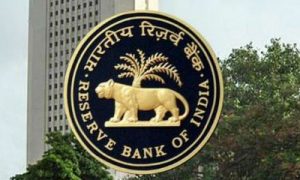Surya Grahan 2023 Date: In this century, the most number of eclipses in a single year is four in 2011, 2029, 2047, 2065, 2076, and 2094.
A considerable part of the globe will witness a hybrid solar eclipse, on Thursday. If we talk about the 21st century, there will be 224 solar eclipses. Out of these, 77 will be partial, 73 will be annular, and 68 will be total. Also, seven will be hybrids (between annular and total eclipses). In this century, the most number of eclipses in a single year is four in 2011, 2029, 2047, 2065, 2076, and 2094.
Also Read : Do You Know How India Pays? With UPI And Cards, Indians Making Digital Payments A First Choice
Why does a solar eclipse occur?
A solar eclipse occurs when the Moon comes in between the Sun and the Earth thereby totally (or partly) covering the image of the Sun from the Earth.
A total solar eclipse occurs when the apparent diameter of the Moon is larger than the Sun.
However, a hybrid solar eclipse is an infrequent type of phenomenon. It changes its appearance from annular to total and back as the shadow of the Moon moves across the surface of the earth.
Where will it be visible?
The totality of this eclipse will be observable in the North West Cape peninsula, Barrow Island (Western Australia), East Timor (eastern parts), Damar Island, and parts of the province of Papua in Indonesia. In India, this hybrid solar eclipse will not be visible.
When is the next Solar Eclipse?
The next solar eclipse will take place on June 1st, 2023. This will be an annular eclipse. It will start in the north of Africa. It will then cross the Eurasian continent. After that, it will cross Algeria, Tunisia, Libya, Malta, Greece, Turkey, Bulgaria, Ukraine, Russia, Kazakhstan, China, and Japan. Many big cities will witness the eclipse like Tripoli, Athens, Istanbul, Krasnodar, Rostov-on-Don, Volgograd, Krasnoyarsk, Sapporo, and Omsk.
Also Read : How To Know If Your PAN Is Linked With Aadhaar?





































